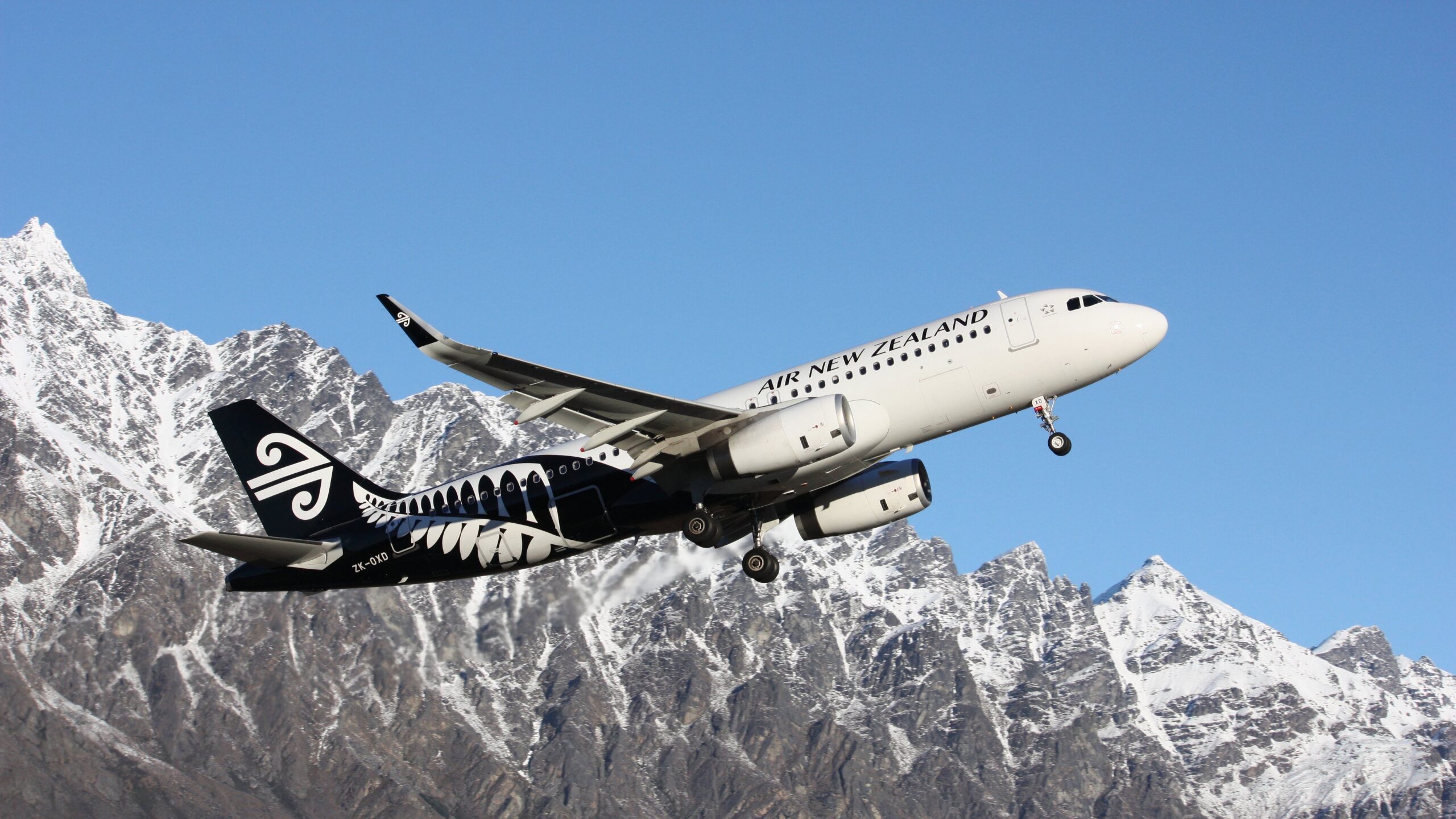Summary
- Booking flights early and securing the seats can ensure passengers have a more comfortable flying experience.
- Turbulence is caused by various factors and can make passengers feel anxious and uncomfortable.
- Efficient communication between the crews is essential for managing turbulence onboard.
If you only take a few flights per year, you might have experienced turbulence once or twice, while frequent fliers might have experienced it a lot more times. Depending on how severe it is, it can be a very unpleasant part of the journey. While turbulence rarely causes significant harm to passengers, many still fear it. Fortunately enough, there are seats on the plane that can make the experience a lot better.
Securing the best seats
Planning your travels early and selecting your preferred seat can have several advantages. For instance, you can reserve a seat with extra legroom, a window, or aisle access, depending on what you like. More importantly, your position on the aircraft can make for a less stressful experience if the aircraft encounters turbulence. However, if you are flying on a low-cost carrier and a few other airlines, you might have to pay for seat selection.
Photo: Natee Meepian | Shutterstock.com
There are many things to consider when picking the best seats on an aircraft. According to many travel experts, pilots, and cabin crew, the best seats during turbulence are typically over the wings or towards the front of the plane. One flight attendant with over six years of experience said,
“The passengers at the back of the aircraft experience the worst turbulence compared to those over the wings or towards the front. It is usually bad at the back. Most of the time, the pilots will tell us that at the front, we can’t feel the turbulence as much as you guys at the back, so if it is too severe for you to walk around, just call us and let us know.”
The area over the wings is considered one of the most stable parts of the plane as it is closer to its center of gravity. The front will also make for a smoother and more pleasant journey with less noise. Towards the back of the cabin, the tail can bounce up and down during turbulence. On the other hand, some adventure seekers tend to select seats at the back to enjoy the bumpy ride.

Related
New Approach For Detecting Air Turbulence Shows Promise In Aviation Safety
Scientists have proposed a new and simplified method using data to detect turbulence anomalies.
What causes turbulence?
While turbulence may occur for several reasons, it’s important to know that pilots are highly trained to deal with these factors and will try their best to ensure a smooth flight. Turbulence is caused mainly by disturbances in airflow. Weather-related issues like high winds, clouds, or storms can cause turbulence. Mountain ranges or random pockets of air can also cause a few bumps.
Photo: Aureliy | Shutterstock
Often, pilots can detect when there will be turbulence and notify the cabin crew and passengers to return to their seats and fasten their seatbelts. There are different kinds of turbulence, with some being less predictable than others. While the most severe occurrences are incredibly rare, there are some cases where passengers have been injured.
In March 2024, a United Airlines Boeing 787 was forced to make an emergency landing after encountering “extreme turbulence.” About 22 people were reportedly injured in the incident, with seven being taken to hospital. Nearly a month earlier, 16 people were reportedly injured when a United Airlines Boeing 777 flight experienced severe turbulence.
Experiencing turbulence in the cabin
In extreme cases, like the two United Airlines flights, passengers will definitely feel the turbulence (despite where they are seated), although the experience might slightly differ. Airbus notes that efficient communication between the flight crew and cabin crew is essential for managing turbulence onboard. It starts with using common terminology when communicating before and during flights.
Photo: Siam Stock | Shutterstock
When reporting turbulence, it is usually classified into three categories based on its impact on the aircraft’s trajectory and the effects felt in the cabin. Using common terminology ensures that the pilots and flight attendants have the same understanding of the situation. As such, the cabin crew will perform the appropriate duties to manage turbulence and ensure the safety of passengers effectively.
Light turbulence
Light turbulence typically causes slight, rapid, rhythmic bumpiness without the aircraft significantly changing its altitude or attitude. Many passengers experience light turbulence every once in a while. Liquids shake a bit in the cabin without splashing out of the cup, and trolleys can still be moved down the aisle without much difficulty.
Moderate turbulence
Moderate turbulence usually causes rapid bumps or jolts. This is when you start to see liquids spilling out of cups and trolleys becoming more difficult to maneuver. If you are caught on your way back to your seat, you might face difficulties walking in the cabin or standing without holding onto something.

Related
Revealed: The Most Turbulent Routes In The World Where Your Flight May Get A Little Bumpy
The route between Santiago de Chile and Santa Cruz takes the top spot.
Severe turbulence
Severe turbulence causes significant and abrupt changes in the aircraft’s altitude and attitude with large variations in airspeed. This is usually the most terrifying for passengers, as items start to fall or lift off the floor. Items not properly stored or secured might also start flying around the aircraft.
Photo: Andrei Armiagov | Shutterstock
If, for any reason, you are standing during severe turbulence, it will be nearly impossible to walk. Additionally, seated passengers are forced violently against their seat belts. Ultimately, for less violent turbulence, picking the right seat and coming prepared can make all the difference for a relaxed flight.
What do you think about turbulence? Have you had any experience with severe turbulence while flying? Please share your thoughts with us in the comment section.





